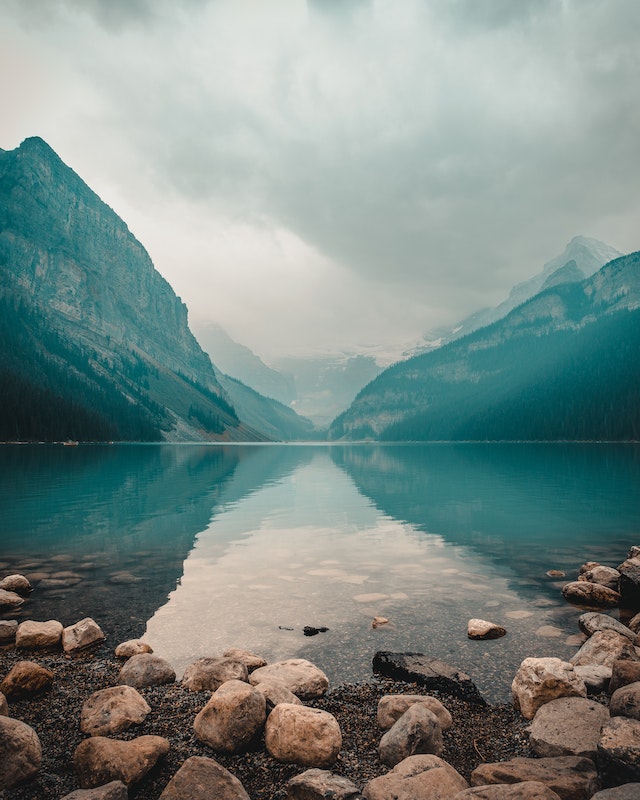Presentation and How I became a Data Scientist
Hello!
My name is Maria Carolina. I currently work as a data scientist, and I started working in this area 2.5 years ago.

My background is in the area of agricultural sciences, I am an agronomist. Right after graduation, I wanted to work with research, and I went up to the doctorate. I continued in the academic and research path for a few more years, working in undergraduate teaching in agronomy, and in a post-doctorate.
At a certain point in this trajectory, I “discovered” that data science was something that existed (until then I had no idea), and that was a path for all those who wanted: all areas of knowledge were welcome and needed to that kind of work!
What made me get my first position in data science was my knowledge in the field of agricultural science and research, and my initial status as a data science programming apprentice. During my PhD I started using R to organize and analyze my data, and I continued to use it during my postdoctoral project. That’s where my taste for this type of activity came from.
My day-to-day involves contacting clients and evaluating available data to identify opportunities for solutions and create experiments. In these experiments, we were able to identify the feasibility of turning it into something bigger, like a proof of concept and eventually a product. Proofs of concept have a relatively long duration (thinking for example the duration of an agricultural season), in which we are constantly receiving data, analyzing, creating and offering some kind of solution, together with frequent contacts with the end customer and receiving feedback.
In terms of technology tools, my day-to-day involves using languages like python and R (I’ve been using python more), GIS applications (I often use QGIS) and some aws tools like S3, and Athena. In the stages of presentation of results, meetings, we use the good old presentation slides, to summarize and simplify the explanation of what was done.
What I like most about my current role is the possibility (and really need) of having the research universe so present in my daily life. For example, it is very common, when starting an experiment, to survey scientific articles to identify the state of the art of the problem and possible methodologies for solutions. In addition, the fact that the subject of business is the agricultural environment is also very gratifying for me, I really like the subject and I find it easy to navigate the subjects of the most varied problems, even if I have not dealt directly with it yet.
If we understand data science as a tripod formed by programming, statistics and business (and this is just a simplification of something very complex), you can imagine that it is very difficult for someone to have all the knowledge possible (I don’t even think that possible, as in any area of knowledge). Maybe some people are wrong to think that you need to have it all to begin with, maybe some are wrong to think that they are superior because they have knowledge in one or two areas, and maybe still others are wrong to think that one area is more important than the other. .
I think the most interesting thing about data science is precisely the possibility and necessity of the performance of different profiles and areas of knowledge. They complement each other, people complement each other, or so it should be. In addition to the strong foundation in science and research.
If I wasn’t working in data science right now, I’d like to be in research. In fact, titles of data science positions are many, not just the “data scientist”, and I believe that many positions in research, intelligence, market, etc., end up being in one way or another, directly or indirectly, associated the activity of analysis and data science.
For those who are looking to start in this area, I think that first of all it is important to identify what you already have that is relevant to this great area. I believe we all have something!. From there, plan the development of the other parts of the tripod, but without falling into the trap of thinking that you need to be an expert in all of them, especially at the beginning. No one is.